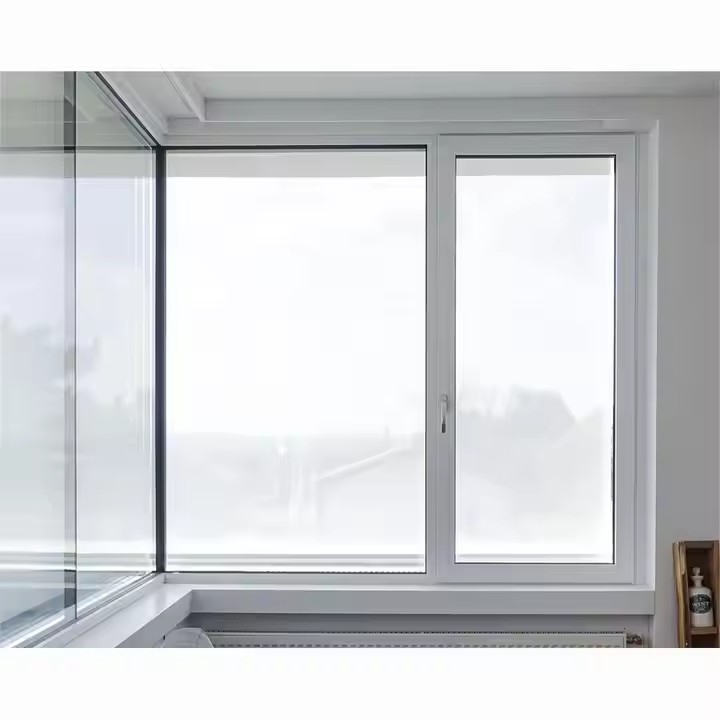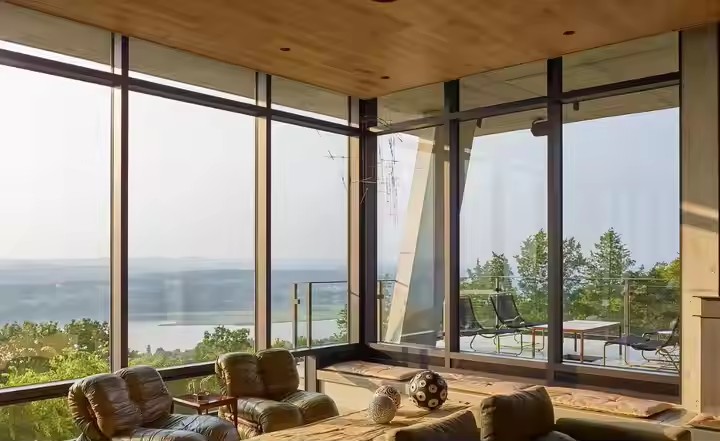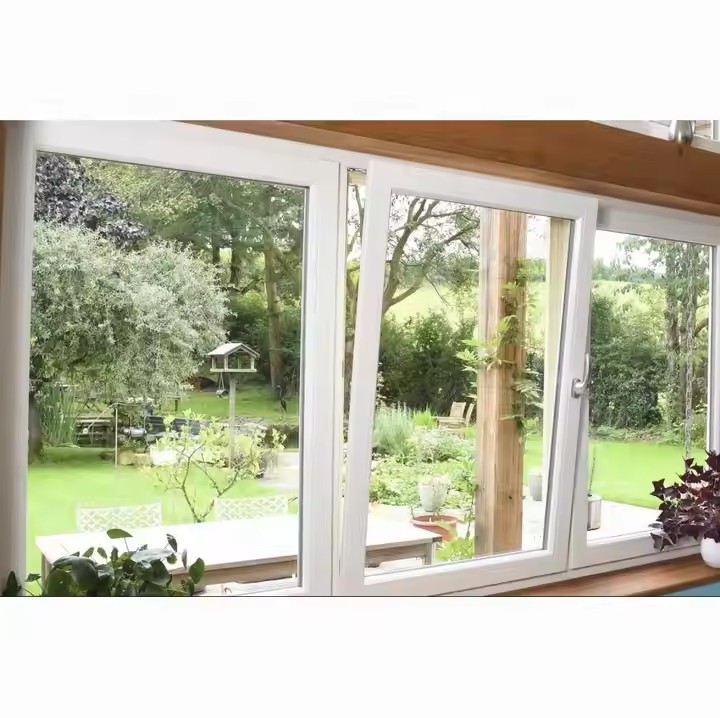- Strict Quality and Certification Requirements
Compliance with Australian Standards: Australia has a series of strict standards for windows and doors. AS2047 is the core standard, covering deflection, airtightness, watertightness, and operating force to ensure that products do not excessively bend under wind pressure and can effectively prevent air and water leakage. AS2208 specifies safety requirements for building glass, including impact resistance and installation methods. AS4666 focuses on energy efficiency, covering insulation performance, U-values, and solar heat gain coefficients (SHGC). AS1288 defines the strength, size, and installation requirements of glass used in construction. Builders require windows and doors that comply with these standards to ensure quality and safety.
High-quality raw materials: Builders prefer products made with superior raw materials. For example, aluminum profiles must have high strength and corrosion resistance; in coastal regions, salt-spray-resistant aluminum alloys are often chosen. In terms of glass, builders may select from high-definition tempered float glass, double-glazed insulated glass, Low-E glass, or laminated safety glass to meet requirements for safety, insulation, and soundproofing.

- Excellent Performance Requirements
Energy efficiency: With growing environmental awareness, energy efficiency is a key criterion. Builders often purchase thermally broken aluminum or multi-chamber PVC profiles combined with double-glazed or Low-E glass to reduce U-values and minimize heat transfer. Glass must also have low SHGC to block summer heat, ensuring compliance with AS4666 and supporting green building goals.
Airtightness and watertightness: Given Australia’s diverse climate, windows and doors must provide excellent sealing. Precision sealing structures are often required to pass tests such as dynamic watertightness (withstanding simulated heavy rain of 120 liters/m² per hour for 15 minutes without leakage). Airtightness should reach high levels, e.g., Class 8, with air infiltration below 0.5 m³/h·m², to maintain indoor comfort and stability.
Reliable safety performance: Safety is critical. High-rise buildings and secure sites usually require laminated safety glass, along with multi-point locking systems, reinforced frames, and anti-theft glass to ensure protection against break-ins and impacts.
Climate adaptability: Windows and doors must be suited to local climates. In coastal or high-wind regions, products must meet wind-load resistance standards. Builders may request test videos or reports proving compliance.
- Diverse Design Requirements
Adaptable to architectural styles: Australian architecture is diverse, and so are window and door types. Common options include casement windows/doors (good sealing and ventilation), sliding windows/doors (space-saving, modern), folding doors (wide openings, spacious feel), and tilt-and-turn windows (easy cleaning and ventilation). Builders need products that suit different styles—for instance, minimalist sliding systems for modern designs, or casement windows for traditional homes.

Customization services: Australian consumers value personalized solutions, so builders seek suppliers offering customization. This includes non-standard shapes, oversized doors, and specific colors or finishes, ensuring harmony with both building exteriors and interiors.
Smart functionality: With technological advancement, smart windows and doors are increasingly in demand. Builders look for products that can be app-controlled, support automatic opening/closing, adjustable angles, and integrate with smart home systems to enhance comfort and convenience.
- Comprehensive After-Sales Service
Installation guidance and support: Installation quality directly impacts performance and durability. Builders expect suppliers to provide professional guidance—such as detailed manuals and on-site training—to ensure correct installation and compliance with standards.
Maintenance and warranty: Builders prefer suppliers that offer warranties. During the warranty period, defects caused by quality issues must be promptly repaired or replaced at no cost. Long-term maintenance services are also valued, ensuring timely repairs even for non-quality-related issues.
Product training and technical support: For new or specialized window and door systems, builders may require training sessions from suppliers. These cover product features, performance, usage, and maintenance, enabling staff to better recommend and apply the products.

